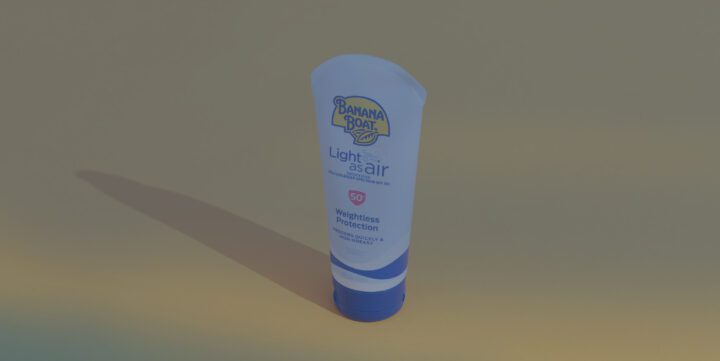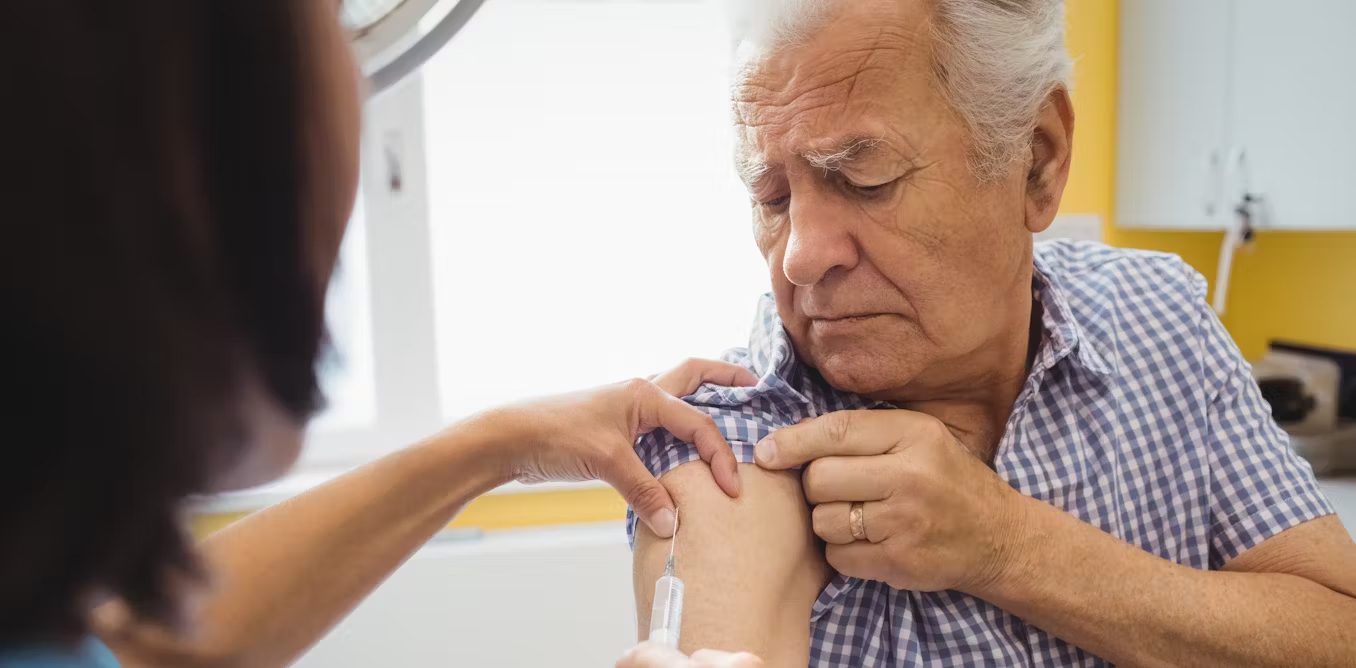Unpacking the CHOICE SPF Sunscreen Controversy
August 13, 2025
Sunscreen for Australians under pressure
In early 2025, consumer interest in sunscreen efficacy surged once again, following a report released by Australian consumer advocacy group Choice. The study claimed that several popular sunscreens, including those from long-standing, pharmacy-grade and dermatology-endorsed brands, failed to meet their labelled SPF (Sun Protection Factor) claims when tested independently.
The media response was swift, and in some cases alarmist, leading to a flurry of concerned public commentary and social media speculation about the reliability of sunscreen protection in Australia. With highly regarded brands such as Banana Boat, Ultra Violet, Cancer Council and Nivea reporting distinctly different results from their claimed SPF, the public uproar was immediately profound.
From a clinical and regulatory perspective, however, the situation warrants a closer, more critical appraisal. While consumer vigilance around product efficacy is both welcomed and necessary, the testing methodologies behind the Choice SPF study have come under scrutiny from scientific experts and regulatory bodies alike, raising serious questions about the validity and generalisability of the findings. In fact, the TGA has raised concerns about the methodology behind all SPF testing, and has released some cautionary words.
The study
The Choice investigation involved commissioning a third-party laboratory to conduct in vivo (human) SPF testing on 14 commercially available sunscreens popular to the Australian market. Several products were reported to have underperformed, returning SPF results below the labelled claims. In particular, some sunscreens labelled as SPF 50+ were purported to offer protection closer to SPF 30 when tested.
Despite the study’s headline-grabbing results, it lacked comprehensive methodological transparency. Key details were either omitted or summarised with limited context: the number of subjects, the phototype distribution of test skin, precise application methodology, environmental controls, and whether testing aligned with ISO 24444 (the internationally recognised standard for determining SPF using human subjects). This is where the TGA stepped in. This lack of transparency undermines the reliability of the findings, and has the possibility of further undermining the progress Australia has made in sun protection in the 21st century.
SPF testing limitations
SPF, or Sun Protection Factor, is determined under highly controlled laboratory conditions. For regulatory approval in Australia, in vivo testing using ISO 24444 or equivalent validated methods is required. This protocol involves applying a precise quantity of sunscreen (2mg/cm²) to defined areas of the skin on a range of human subjects, followed by exposure to calibrated UV radiation to assess the time to minimal erythema (sunburn). The SPF value is a ratio between the protected and unprotected response. Sound variable and subjective? That’s because it is. Without using animals, cadavers or organic substitutions, no objective testing methods have been formulated for SPF validation on the market, as it stands.
Through the current testing method, under optimal conditions, the TGA acknowledges significant variability still exists. As any clinical researcher knows, tests of this kind are inherently variable, and sunburn thresholds differ between individuals. That’s why SPF values are interpreted as approximations under ideal application, not precise or universally applicable protections in real-world conditions. Australia’s regulatory environment requires that the lowest value from multiple compliant tests is used to determine the label SPF, not the highest, a conservative approach that enhances consumer safety. Whether this regulatory consensus is commonly known on the other hand, is another question.
The Choice study represents a single-round, non-peer-reviewed assessment with non-disclosed inter-rater controls and without TGA oversight. This makes drawing broad conclusions about product non-compliance or ineffectiveness problematic at best, and misleading at worst. This is where the TGA recognised the significant risk this poses to a vulnerable audience, and have stepped in.
The TGA weighs in
Following widespread media attention, the TGA issued a measured but firm statement to quell public uncertainty:
“The TGA is aware of the recent media reporting related to independent sunscreen testing. While consumer organisations play an important role in market monitoring, Australians can have confidence that therapeutic sunscreens listed in the ARTG (Australian Register of Therapeutic Goods) have undergone robust testing aligned with international standards.” — TGA, February 2025
This statement reinforces that all therapeutic sunscreens sold in Australia must meet pre-market efficacy testing standards and are subject to strict manufacturing, labelling, and advertising compliance under the Therapeutic Goods Act 1989. Additionally, post-market surveillance ensures ongoing quality, and the TGA has authority to investigate non-compliant products.
Crucially, many of the brands cited in the Choice study are long-standing, regularly batch-tested formulations used and recommended by dermatologists and pharmacists nationwide. Several of the implicated products have also been independently tested in other jurisdictions or previous studies, often with confirmed compliance to their labelled SPF. In short, sunscreens have a right to be trusted under the current compliance protocols, but does the Choice study have the same merit?
Variability and unsubstantiated claims
As mentioned above, the SPF value is a ratio between the protected and unprotected response. For instance, SPF 30 blocks approximately 97% of UVB radiation, while SPF 50 blocks about 98%. The difference between SPF 35 and SPF 50 is, therefore, clinically minimal in terms of real-world UV exposure, especially when factoring in product reapplication, physical activity, sweat, and water immersion.
Secondly, behavioural factors, such as inadequate application, infrequent reapplication, and over-reliance on sunscreen without complementary sun-protective behaviours, are far more influential in determining an individual’s true UV exposure. A 2019 study from the Journal of the American Academy of Dermatology found that users often apply only 25–50% of the recommended sunscreen volume, effectively halving the expected SPF protection regardless of the product label.
As healthcare providers, our focus should remain on educating patients on proper sunscreen use, rather than stoking unfounded fears about well-regulated products.
The outcomes at large
Despite its flaws, the Choice report draws attention to an important issue: the need for greater clarity, transparency, and potentially harmonisation of SPF testing methods across the field. Discrepancies between laboratory results and real-world outcomes are a challenge for many topical therapies, not just sunscreens, and there deserves to be better processes in place to tackle this ongoing issue.
From a clinical perspective, this discourse is also an opportunity to revisit patient education strategies. Sun safety is a multi-pronged approach: encouraging appropriate sunscreen use, UV-protective clothing, avoiding peak sun hours, and regular skin checks remain cornerstones of skin cancer prevention. Australia has one of the highest rates of skin cancer in the world, and sunscreen remains a critical line of defence that we have significantly improved upon in the last 20 years. Caution lies in walking the line between acknowledging legitimate concerns and reinforcing public trust in evidence-based protection.
https://www.tga.gov.au/news/news/updated-tga-statement-choice-spf-sunscreen-findings
Sander, Megan et al. “The efficacy and safety of sunscreen use for the prevention of skin cancer.” CMAJ : Canadian Medical Association journal, https://pmc.ncbi.nlm.nih.gov/articles/PMC7759112/












